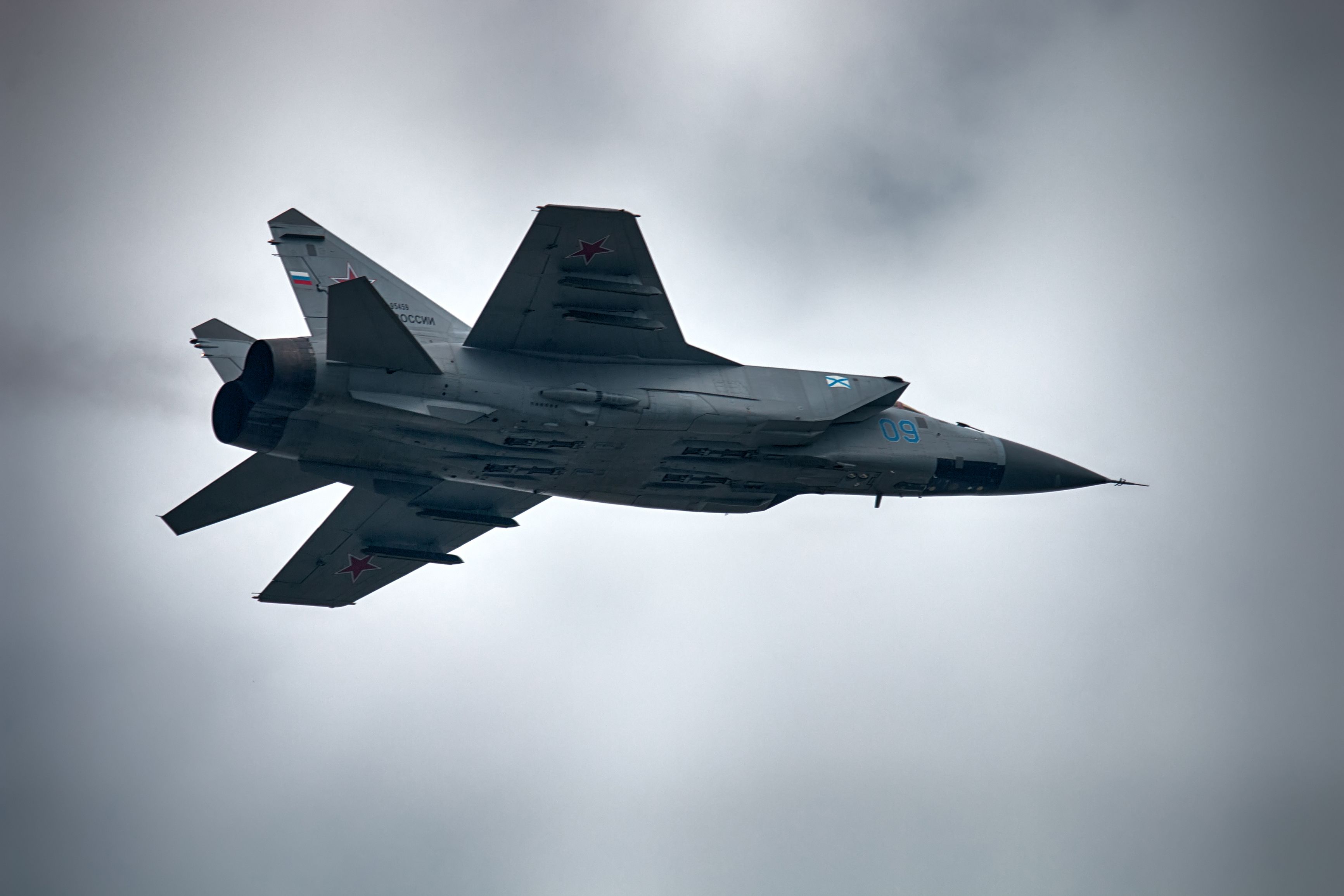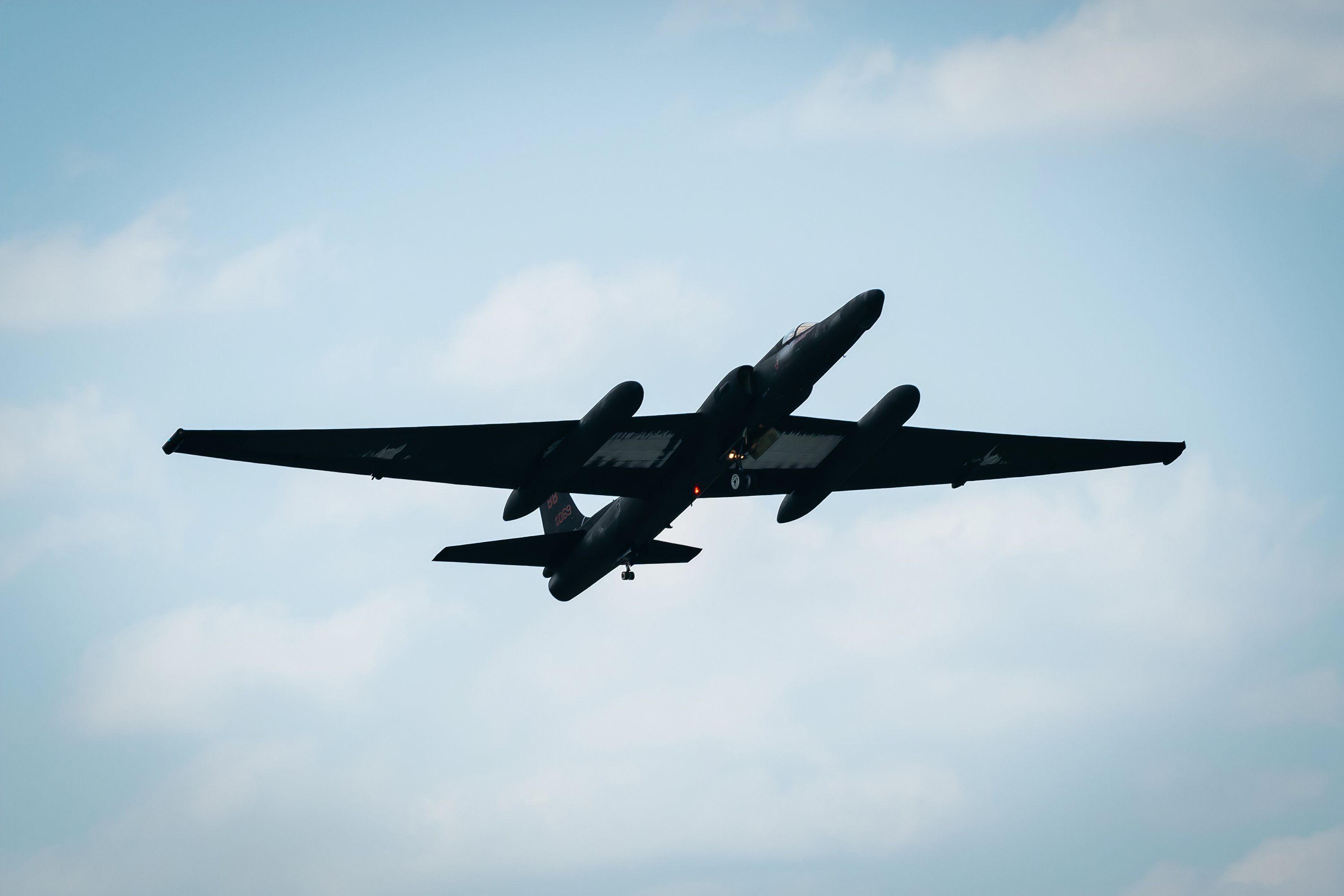Summary
- Belenko’s 1976 defection gave the West insight into the Soviet MiG-25 & shaped US aircraft design.
- Japan scrambled F4s after Belenko flew the MiG-25 to Hokkaido; later, the US dismantled the MiG.
- Belenko avoided Soviet threats, changed identity, and lived in the US until his 2023 death.
Almost five decades ago, on September 6, 1976, Soviet Air Defense Forces pilot Lieutenant Viktor Belenko defected to the West by flying his Mikoyan-Gurevich MiG-25P “Foxbat” aircraft to Japan. During the Cold War between the Soviet Union and the United States, Western countries encouraged Soviet pilots to fly to non-Soviet-aligned countries and claim political asylum.
Photo: USAF
During the Cold War, the Soviet Air Defense Force was assigned the task of defending Soviet airspace against United States reconnaissance aircraft and strategic nuclear bombers. One plane they were particularly interested in was the high-flying Lockheed U-2 spy plane. To combat the threat posed by Western aircraft, Mikoyan-Gurevich began work designing a high-speed interceptor. Work on what would become the MiG-25 began in mid-1959 after Soviet intelligence learned that the Americans were working on a spy plane capable of flying at Mach 3.
The first prototype, MiG-25, made its maiden flight on March 6, 1964. After several changes, the aircraft represented a considerable step forward in Soviet engineering. It did not take the Mikoyan-Gurevich Design Bureau long to realize that the new aircraft had the potential to break all kinds of speed records. After setting new world records for top speed and time to a height of 66,000 feet, the aircraft entered service with the Soviet Air Defense Forces in 1970.
Western intelligence was very worried about the MiG-25.
Needless to say, the aircraft had the West very worried, believing that the plane was more than just a rocket with wings but, believed it to be an agile air-combat fighter. In response to the MiG-25, the United States engineers began working on a fast combat aircraft that would eventually become the McDonnell Douglas F-15 Eagle.
What Western intelligence did not know at the time was that they would soon learn everything they needed to know about the MiG-25 after a disillusioned Russian pilot decided to defect in his MiG-25 to the West.
Belenko was stationed in the Russian Far East
In 1976, Viktor Belenko was stationed at the Chuguyevka Air Base, 120 miles from Vladivostok in Russia’s Far East. His home life was a mess, with his wife threatening to divorce him and move with her son back to their family’s home in the port town of Magadan Oblast, Russia. Unhappy and fed up with the communist system, Belenko decided to defect to the West.
During what was supposed to be a routine training flight on September 6, 1976, Belenko and several other pilots from the 513th Fighter Regiment took off from the Chuguyevka Air Base. At first, to avoid attracting the intentions of his real aim, Belenko followed the flight plan before suddenly descending rapidly. Now heading out to sea towards Japan, his aircraft was detected by Japanese radar at around 13:20 in the afternoon. In response to the incoming Soviet fighter, the Japanese scrambled two McDonnell Douglas F-4 Phantom II aircraft stationed at Chitose Air Base near Sapporo.
Meanwhile, Belenko had selected Chitose Air Base to land at and was fully expected to be escorted to the base by the Japan Air Self-Defense Force (JASDF). During the defection flight, the weather was poor, and the ground radar was not good enough to track Belenko’s MiG25 accurately enough for the JASDF aircraft to locate Belenko. With fuel very low and worried that he was running on fumes, Belenko decided to land at Hakodate Airport in southern Hokkaido.
After circling Hakodate Airport thrice, Belenko decided to land, nearly crashing into a Boeing 727 that was taking off. The single runway at Hakodate Airport was 9,843 feet long, which, even after deploying the MiG-25s drag parachute, was too short. The MiG25 overran the runways by 790 feet, finally coming to a rest before hitting the localizer antenna. All along, Belenko had planned to land at a military airfield, but landing at a civilian airport soon had people gathering around the plane to take photos.
When the police arrived at 14:10, they immediately closed the airport and took Belenko into custody. Arrested for entering Japanese airspace without permission and carrying a firearm, when interviewed by the police, Belenko told them he wanted to claim political asylum and defect to the United States. The Soviets were furious, demanding that Belenko and the MiG-25 be returned to them immediately. On September 7, Belenko was moved to Tokyo and granted political asylum in the United States a day later. On September 9, 1976, a representative from the Soviet Union’s Japanese embassy met with Belenko and tried to persuade him to return to the Soviet Union. Belenko refused, and a day later was on a Northwest Airlines flight bound for America.
In response, the Soviets demanded that the MiG-25 be returned to them immediately, and when it wasn’t seized, a Japanese fishing boat imprisoned its crew in retaliation.
Worried that the Soviets may try to get the MiG-25 back by force, Japan sent military reinforcements to Hokkaido and began round-the-clock air and maritime patrols. Given the Soviets’ desire to get the plane back, the Japanese did not hand it over to the Americans for flight but allowed American engineers to disassemble the plane and inspect it. Eventually, the aircraft parts were put in 40 crates and returned to the Soviet Union.

Related
The Samurra Air Battle: When F-15s & MiG-25s Went Toe To Toe
The engagement resulted in a stalemate.
After being inspected, the United States was surprised to learn that it was nowhere near as advanced as they had first thought. Despite this, they continued building the McDonnell Douglas F-15 Eagle.
Belenko’s defection and what happened after
Eager to avoid attention, Belenko changed his name to Schmidt and moved around often while working as an aerospace consultant. In 1980, President Jimmy Carter granted Belenko American citizenship. Despite marrying a music teacher from North Dakota with whom he had two sons, Belenko continued to keep a low profile, fearing the Soviets would send someone to assassinate him.
Eventually, his marriage ended in divorce, and Belenko died in a nursing home in Rosebud, Illinois, on September 24, 2023, at the age of 76.

Related
Which Air Forces Operate The MiG-25 Foxbat?
It is possible that up to four examples are still in use in Syria and Libya.





